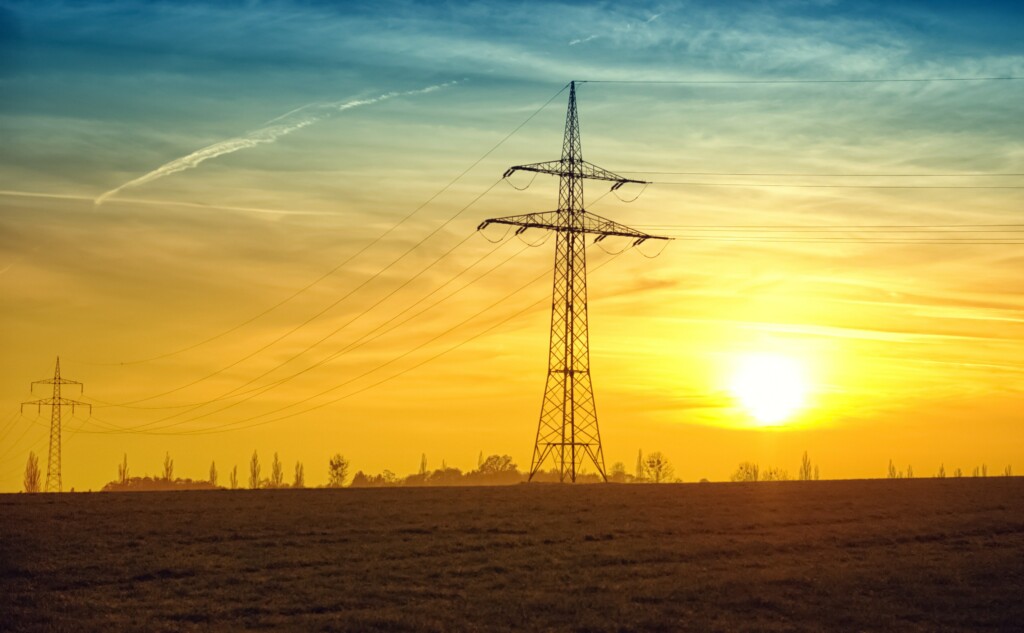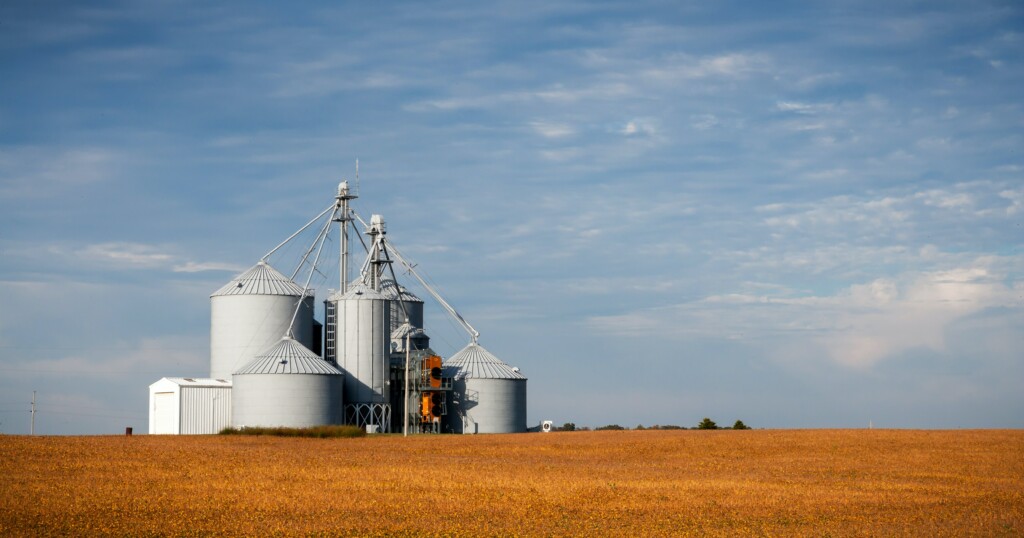Digital Feedback Loops Fueling the Fight Against Climate Change

In a world struggling to keep up with the challenges posed by global climate change, the ability to gather and react to data instantaneously offers the potential to change the game in our favor. IoT technologies are powering an unprecedented era of digital feedback loops – and the implementation of observed data as a means of governing future behaviors is a powerful tool in the response to climate change.
Entrepreneurs and enterprises are using this flow of information to combat the challenges posed by this ecological phenomenon. Here are some of the ways Soracom users draw data from IoT devices to better the world.

Energy
The Energy sector is constantly looking to improve efficiency. Thankfully, digital feedback loops from field data are helping address inefficiencies in manufacturing, storage, and distribution. Here are a few of our innovative customers leveraging IoT to improve themselves and their impact on the world around them.
- OpConnect – Possibly the largest obstacle toward further adoption of EV and hybrid electric vehicles is the relative scarcity of charging facilities. By building affordable, accessible, and easily monitored chargers, OpConnect is helping reverse that fact. This company’s system allows networked charging stations to remotely monitor everything from power usage stats to the total greenhouse gas emissions avoided by these vehicles.
- LineVision – The electrical grids in much of the world are not running at peak efficiency, whether that be due to aging infrastructure or storage and distribution issues laid bare by the adoption of renewable energy sources like solar or wind. LineVision’s sensors continually monitor the health and capacities of power transmission lines, allowing users to accurately observe and respond to events such as surges or usage spikes, and address issues before they lead to outages or damage. They also monitor ambient temperature surrounding the lines, which can help determine transmission rates even if they are higher than standard protocols.
- Enerbrain – Regulating the temperature of large buildings actually represents a considerable amount of the world’s energy usage. Enerbrain uses atmospheric readings to help adjust and maintain HVAC systems to both ensure a comfortable temperature for those within the building, and reduce energy consumption by up to 30% – something the organization claims has resulted in roughly 9.6 fewer tons of CO2 released into the environment since 2015.

Agriculture
Contributing a significant amount of emissions into the atmosphere, commercial agriculture is another industry rife for improved efficiency. Whether it’s examining the soil in a field to adjust nutrient levels to improve crop yield or looking after some of the smallest creatures on the planet in defense of pollination patterns, IoT data is powering innovative solutions to the challenges faced by eco-conscious agricultural enterprises.
- BeeHero – Bees are an integral part of global pollination patterns, but health and environmental issues have threatened populations across the globe. BeeHero’s unique sensors track the general well being of hives across 25 unique metrics and allow keepers to anticipate and address the health concerns of their colonies. This, in turn, protects an important element of food growth that is often overlooked.
- Telesense – Of course, maintaining a food supply’s integrity and viability is key to avoiding unnecessary waste. Telesense offers a unique suite of hardware and software solutions that allows users to remotely monitor grain silos in real time. By analyzing factors like moisture and temperature, the system’s predictive algorithms provide users with actionable data to help avoid rotting or spoiled food.
- IHI – While the world is slowly embracing renewable energy sources, safely and efficiently prolonging the longevity of existing power plants is essential. Through its monitoring and maintenance services, IHI allows users to observe real time functionality of turbines and other essential equipment in remote facilities. As many of these plants are in remote locations, this allows for more judicious travel for maintenance crews on larger mishaps, while allowing users to remotely correct minor infractions to avoid outages.

Water Management
Water is perhaps the singularly most important resource for mankind’s continued existence, so ensuring the most efficient and optimized usage of it is a key element of the battle against climate change. Fortunately, there are several companies leveraging IoT devices to improve the way water is utilized, transported, stored and maintained. Organizations like:
- Hortau – Commercial farming represents a considerable portion of the world’s water usage. Hortau’s smart irrigation systems allow farmers to perfectly tailor their water usage for maximum crop yield with minimal waste. With a keen eye cast toward soil tension, Hortau’s sensors allow growers to adjust their irrigation in response to crops’ specific needs.
- Econal – Econal monitors the fluid and water flow levels of urinals across Europe, ensuring optimal water management for up to 95% reduction in water consumed over conventional models. This saves untold gallons of water that may have never, otherwise, been considered.
- Thurston County, Washington – Thurston County, WA, is utilizing IoT to manage it’s bevy of natural and man-made bodies of water. Sensors stationed throughout the area allow the county to patrol over 770 square miles with a fairly lean response team. In addition, the data drawn allows respondents to coordinate jurisdictions to protect groundwater and improve flood prevention.
—
Are you looking for the best way to leverage the value of your connected devices? Soracom is the world’s leading IoT platform for technology innovators. To get started, visit the Soracom store and order our IoT SIM card now!



